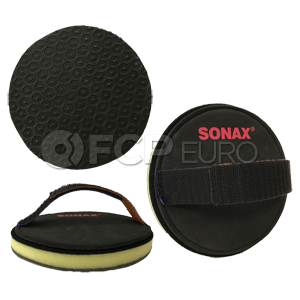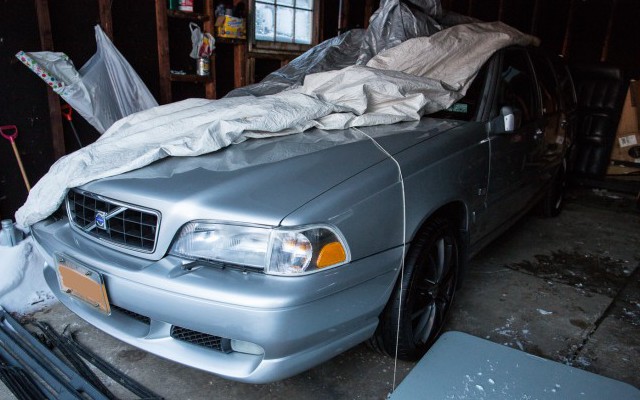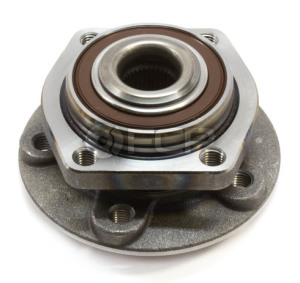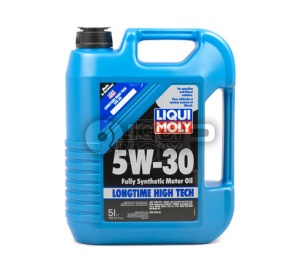- 03/16/2015
- 2 Min Read
- By: Anthony Peacock
How to De-Winterize and Check a Vehicle For Spring (V70)
Despite living in the rust belt of Western New York, I am able to preserve my 99 Volvo V70R in excellent condition by storing it through the cold, corrosive winter months. Prior to storage (Nov 1st is a strict storage deadline by the way) I filled the tank to the brim and used fuel stabilizer, removed the battery, cracked the windows, and pumped up the tires. Sadly for my daily driver, it has had to endure a very harsh winter. Here's what I do to rejuvenate my vehicles for the Spring and try to undo the mess that Winter has made.
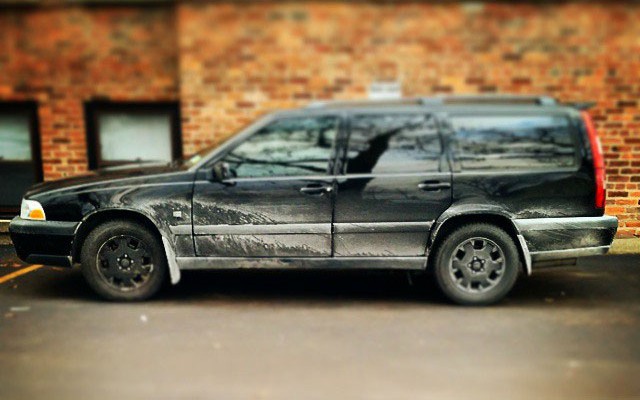
Cleaning
Wash
Seems like an obvious point, but despite Volvo's legendary longevity and reliability, a car's life will no doubt be shortened by a dirty lifestyle. A hand or machine wash is a must before starting the rest of your work. If possible, use a wash with an under spray option. You'll also want to take the time to remove leftover grime from the door jambs and be sure that the weather seals are intact and free of rocks and dirt.
Spray down the floor mats to dissolve and rinse away any stuck-on salt in the fibers. Staying ahead of it is key as the buildups grow over time. A cloth or microfiber with warm soapy water is a decent solution for at-home removal. Or, get rubber mats.
Even though the body is likely nice and clean to the naked eye, minerals and other nasty deposits are stuck in the paint from a winter's worth of junk on the road. The clay bar treatment works very well to lift up those impurities. If you've never done a clay bar treatment before, it's a bit tiring and you may want to take it in stages; However, it's imperative to perform a good clay job prior to waxing as this prepares the surface to be sealed. Never wax over dirty paint.
Maintenance check
Rubber Seals
Rubber in tires and seals go through a lot of stress with the expansion and contraction of all those winter heating and cooling cycles. Some common seals that see failure on a Volvo are the turbo oil line seal, oil cap seal, coolant expansion tank and gas cap; It's also good time to check on the summer tires and make sure they haven't begun to dry rot.
Nuts and Bolts
Suspension components can take a beating in the winter and the very annoying pothole season. The main components affected here can be ball joints, tie rods, and even wheel bearings. An easy way to check these components is firmly wiggling the tires left and right in the air (hands at 9 and 3 o'clock) to check for excessive play in the tie rods. The ball joints will result in movement in and out of the wheel/suspension assembly - visual inspection is needed of both these components as well. The rubber boot should be intact and free of cracks or tears. The wheel bearing is a tough one to nail down right away, normally this will emit a distinct noise proportionate to the speed you're traveling. It will be a sort of womp womp womp or constant grinding noise.
If your winter was especially hard, bent wheels are not out of the question. Volvo wheels are extremely soft compared to other makes, and can suffer dents resulting in poor wheel balance or even fractures. For the most part, there is no DIY fix for this. A tire shop may be able to balance it, but its days are numbered unless a mobile wheel repair service is hired.
Fluids
If you're like me you've been waiting for the weather to turn around before getting on the ground and changing the oil. I do still need to take care of this but I'm looking forward to trying my Liqui-Moly oil change kit. Plus, adding new fluids in the spring just feels good.

